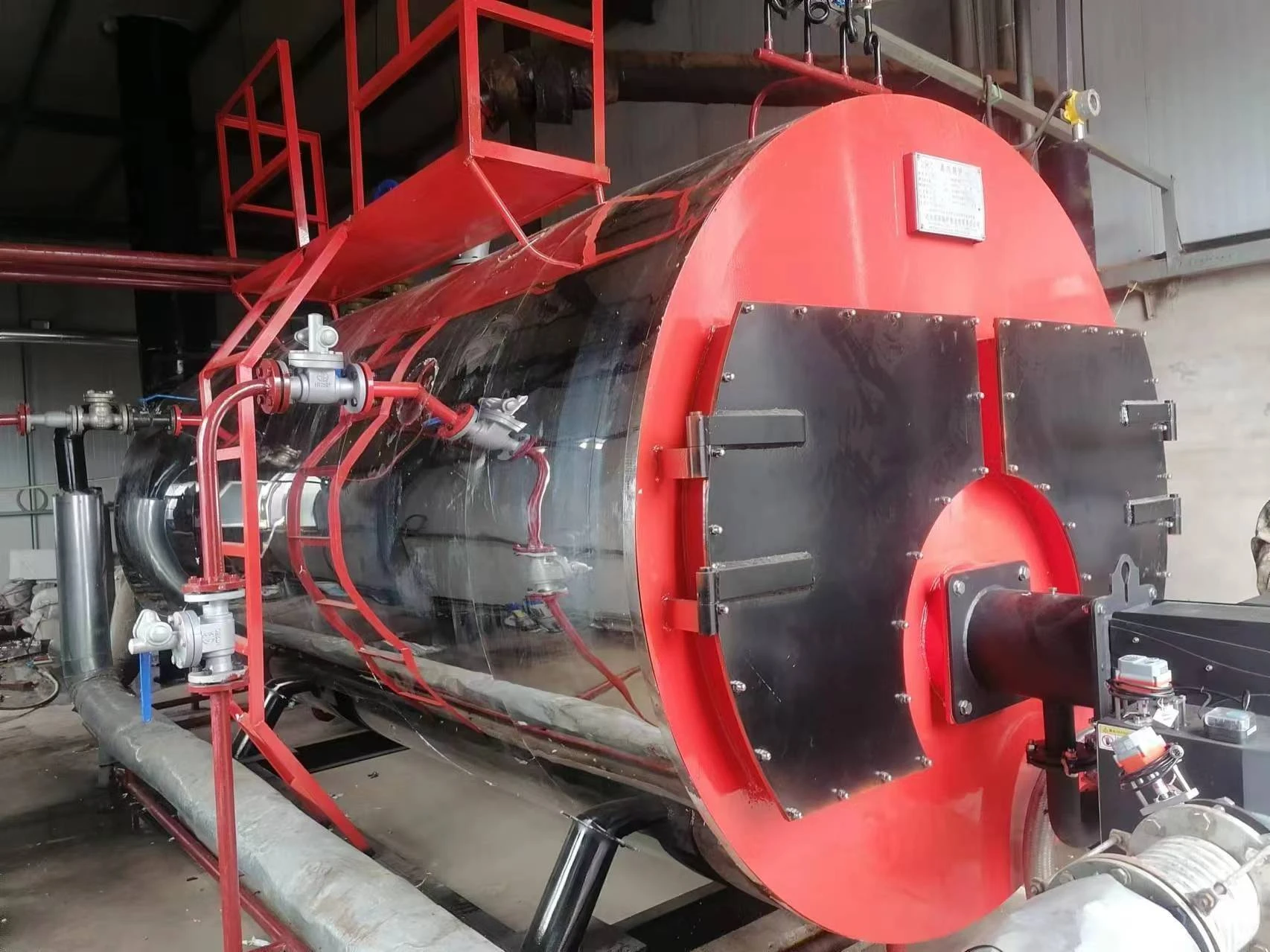
មករា . 25, 2025 05:50 Back to list
Biomass fired steam boiler
Navigating the intricate world of fired steam boilers involves understanding not only their efficacy and application but also ensuring that their role in various industrial settings is optimized for performance and longevity. A fired steam boiler is a robust and essential component designed to generate steam by applying heat energy to water, playing a pivotal role in industries ranging from power generation to food processing. This wide adaptability underscores their importance, but also highlights the necessity for expertise in their selection, operation, and maintenance.
Furthermore, the operation of a fired steam boiler demands a level of expertise that encompasses routine monitoring and maintenance. Regular inspections are crucial to preemptive identification of wear or damage, cultivating a proactive maintenance culture that maximizes efficiency and reduces downtime. In addition to hardware maintenance, attention to water quality management is vital, as impurities can precipitate corrosion or scaling, impairing the boiler’s efficiency and safety. Building trustworthiness in the usage of fired steam boilers is heavily reliant on adhering to established standards and regulations. Compliance with local and international boiler and pressure vessel codes, such as those imposed by the American Society of Mechanical Engineers (ASME), ensures that operation remains above reproach, safeguarding both personnel and equipment. In this context, authoritativeness is not merely a hallmark of the manufacturer but of the operational team that maintains strict adherence to these guidelines. Finally, a genuine experience with fired steam boilers necessitates an understanding of their impact on environmental sustainability. While these machines are indispensable across various sectors, their efficient operation directly influences fuel consumption and emissions. Transitioning to more sustainable fuel types, optimizing combustion processes, and integrating modern control technologies can drastically mitigate environmental impact and align industrial operations with contemporary ecological standards. In conclusion, the journey with fired steam boilers is one characterized by strategic selection, precise operation, and attentive maintenance, all underscored by a commitment to safety and sustainability. Mastery in these areas not only enhances the performance of the boilers themselves but also reinforces the broader industrial processes they support, fortifying the framework of any sector reliant upon these formidable workhorses.


Furthermore, the operation of a fired steam boiler demands a level of expertise that encompasses routine monitoring and maintenance. Regular inspections are crucial to preemptive identification of wear or damage, cultivating a proactive maintenance culture that maximizes efficiency and reduces downtime. In addition to hardware maintenance, attention to water quality management is vital, as impurities can precipitate corrosion or scaling, impairing the boiler’s efficiency and safety. Building trustworthiness in the usage of fired steam boilers is heavily reliant on adhering to established standards and regulations. Compliance with local and international boiler and pressure vessel codes, such as those imposed by the American Society of Mechanical Engineers (ASME), ensures that operation remains above reproach, safeguarding both personnel and equipment. In this context, authoritativeness is not merely a hallmark of the manufacturer but of the operational team that maintains strict adherence to these guidelines. Finally, a genuine experience with fired steam boilers necessitates an understanding of their impact on environmental sustainability. While these machines are indispensable across various sectors, their efficient operation directly influences fuel consumption and emissions. Transitioning to more sustainable fuel types, optimizing combustion processes, and integrating modern control technologies can drastically mitigate environmental impact and align industrial operations with contemporary ecological standards. In conclusion, the journey with fired steam boilers is one characterized by strategic selection, precise operation, and attentive maintenance, all underscored by a commitment to safety and sustainability. Mastery in these areas not only enhances the performance of the boilers themselves but also reinforces the broader industrial processes they support, fortifying the framework of any sector reliant upon these formidable workhorses.
Share
Latest News
-
Best Steam Boiler Design PDF Free Design Calculation & Diagram Downloads
NewsJun.10,2025
-
Hot Boiler Water Heater Efficient Heating Solutions for Home & Commercial Use
NewsJun.10,2025
-
Steam Boiler Safety Devices High-Quality Protection Valves
NewsJun.10,2025
-
Ultimate Steam Boiler Checklist for Safety & Efficiency
NewsJun.10,2025
-
Optimal Hot Water Boiler Temperature Setting Guide
NewsJun.10,2025
-
Effective Hot Water Boiler Chemical Treatment Protect & Maintain
NewsJun.09,2025
Related PRODUCTS
Copyright © 2025 HEBEI HONGZE BOILER MANUFACTURING CO., LTD. All Rights Reserved. Sitemap | Privacy Policy






















